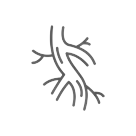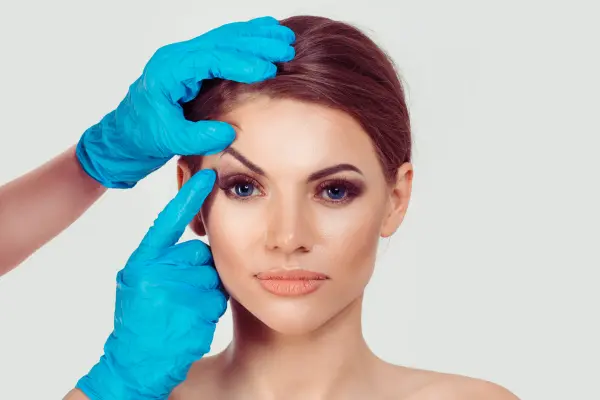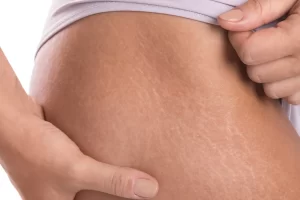Ptosis is a condition in which the upper eyelid droops over the eye. This can not only be aesthetically unpleasing, but it can also obstruct vision and cause discomfort. While surgery has traditionally been the go-to treatment for ptosis, advancements in cosmetic procedures have introduced laser treatments as a potential non-invasive solution. Laser treatment for droopy eyelids is gaining popularity for its ability to tighten and lift the skin around the eyes, providing a more youthful and alert appearance without the need for incisions. However, it’s essential to understand the limitations and potential risks associated with laser treatment for ptosis before considering it as an option.
Key Takeaways:
- Laser treatment is not always effective for correcting droopy eyelids: While laser treatment can improve the appearance of the skin around the eyes, it may not be able to fully correct pronounced drooping eyelids.
- Consultation with a qualified professional is necessary: It is important to seek the advice of a qualified ophthalmologist or plastic surgeon to determine the appropriate treatment for droopy eyelids, as not all cases can be addressed with laser therapy.
- Alternatives such as blepharoplasty may be more effective: In some cases, surgical options like blepharoplasty may be a more effective solution for correcting droopy eyelids, as it targets the underlying muscles and tissues causing the drooping.
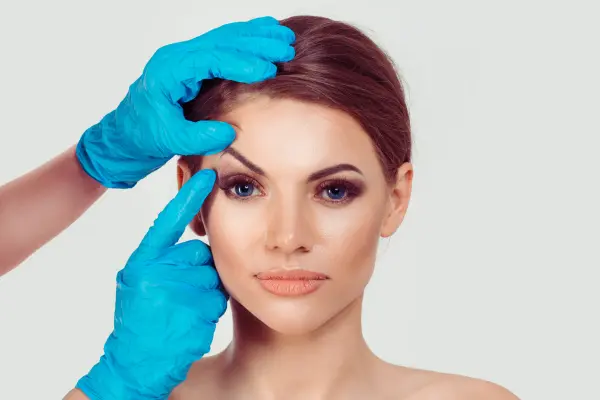
- Laser treatment can improve the appearance of droopy eyelids. 2. Results may vary based on individual’s skin elasticity. 3. Consultation with a qualified specialist is essential. 4. Laser treatment can help tighten the skin around the eyes. 5. Recovery time may be shorter compared to traditional surgery. 6. Proper aftercare is crucial for successful results.
The Science behind Laser for Eyelid Correction
Clearly, laser technology has revolutionized the field of cosmetic procedures, offering non-invasive solutions to various skin issues. When it comes to correcting droopy eyelids, laser treatment has become particularly popular due to its effectiveness and minimal downtime. If you want to learn more about this innovative solution, you can read about Laser eyelid tightening-Non-Surgical Blepharoplasty.
How Lasers Work on Skin
Science has shown that lasers can stimulate collagen production in the skin, which helps improve elasticity and firmness. When used for eyelid rejuvenation, the laser energy is specifically targeted to the treatment area, promoting the tightening of loose skin and reducing sagging. This non-surgical approach is not only effective but also safe, with minimal risk of scarring or pigmentation changes.
Specific Technologies for Eyelid Rejuvenation
One of the specific laser technologies used for eyelid rejuvenation is fractional laser therapy, which delivers small columns of laser energy to the skin. This triggers the body’s natural healing response, leading to the production of new, healthy skin cells. Additionally, another technology called intense pulsed light (IPL) can target pigmentation issues around the eyes, such as dark circles or age spots, further enhancing the overall rejuvenation effect.
A comprehensive assessment by a qualified practitioner is essential to determine the most suitable laser technology for individual concerns, whether it is loose skin, wrinkles, or pigmentation. The use of advanced laser technology combined with the expertise of a skilled professional can yield remarkable results with minimal risk.
Comparing Laser Treatments with Traditional Eyelid Surgery
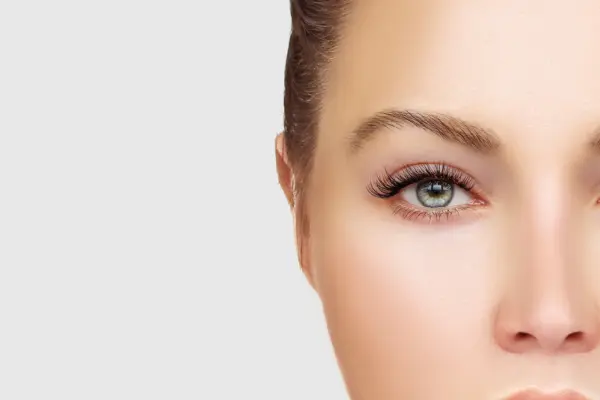
Despite the advancements in laser technology, traditional eyelid surgery continues to be a popular option for correcting droopy eyelids. Understanding the differences between the two types of procedures can help individuals make an informed decision about the best approach for treating their specific concerns.
Efficacy and Results
Traditional eyelid surgery, also known as blepharoplasty, is a surgical procedure that involves removing excess skin and fat from the eyelids to create a more youthful and refreshed appearance. The results of traditional surgery are long-lasting and can effectively address moderate to severe cases of droopy eyelids. The procedure is often recommended for individuals with significant eyelid sagging and excess tissue.
Downtime and Recovery
Treatments such as laser eyelid rejuvenation offer minimal downtime and a quicker recovery compared to traditional surgery. The non-invasive nature of laser treatments allows patients to resume their daily activities sooner, with minimal discomfort and swelling. This can be an attractive option for individuals with busy lifestyles or those who prefer a less invasive approach to addressing their cosmetic concerns.
Surgery, on the other hand, may require a longer recovery period and involves the small risk of complications such as infection, scarring, and prolonged swelling. It is important for individuals considering eyelid surgery to carefully weigh the potential downtime and recovery process.
Preparing for Laser Treatment
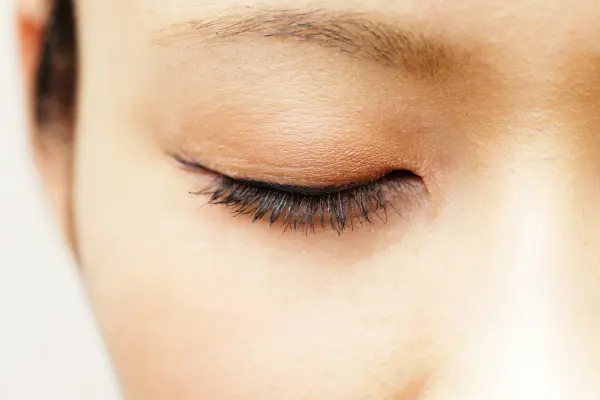
Not all droopy eyelids require surgical intervention. In fact, laser treatment can be a non-invasive and effective option for correcting the issue. If you’re considering laser treatment for your droopy eyelids, it’s important to be well-prepared and informed about the process. To help you with that, I suggest you look at Expert Dermatologists on Laser Eyelid Tightening for more information on the procedure.
Initial Consultation and Eligibility
Any individual interested in laser eyelid treatment should start with an initial consultation with a qualified dermatologist. During this consultation, the dermatologist will evaluate your eyelids and overall health to determine your eligibility for the procedure. It’s important to discuss any medical conditions or medications you are currently taking to ensure that laser treatment is a safe option for you.
Before undergoing laser treatment, your cosmetic nurse will provide you with detailed instructions on how to prepare for the procedure and what to expect during and after treatment. It’s crucial to follow these instructions closely to ensure the best possible outcome. Additionally, it’s important to have realistic expectations about the results of the treatment and be aware of potential risks and complications.
What to Expect Before, During, and After Treatment
Before the laser treatment, you may be advised to avoid certain medications or products that can increase the risk of complications. During the treatment, you will need to wear special protective eyewear, and the dermatologist will use a precise laser to target the specific areas of your eyelids. After the treatment, you may experience some swelling or discomfort, but these symptoms generally subside within a few days.
Preparing for laser treatment for droopy eyelids involves thorough research and a consultation with a qualified dermatologist. By understanding the eligibility criteria and what to expect before, during, and after treatment, you can make an informed decision about whether laser treatment is the right option for you.
Risks and Considerations
Now, before you decide to undergo a laser treatment for your droopy eyelids, it is important to consider the potential risks and complications. Consulting with a qualified and experienced cosmetic surgeon is crucial in order to understand the procedure and its potential outcomes. For more information on how lasers can help with sagging eyelids, visit Sagging Eyelids: How Lasers Can Help.
Potential Complications
Risks associated with laser treatment for droopy eyelids include but are not limited to: infection, scarring, skin discoloration, and temporary or permanent changes in vision. It is important to discuss these potential complications with your surgeon and understand the likelihood of their occurrence.
Moreover, the expertise of the cosmetic surgeon and the quality of the equipment used are crucial factors that can affect the likelihood of experiencing complications. It is essential to choose a qualified and experienced surgeon who uses state-of-the-art technology to minimize the potential risks.
Long-Term Care and Maintenance
For patients who undergo laser treatment for droopy eyelids, long-term care and maintenance are important aspects to consider. Following the post-procedure care instructions provided by the surgeon is crucial to ensure proper healing and minimize the risk of complications. Regular follow-up appointments with the surgeon are also recommended to monitor the progress and address any concerns that may arise.
For instance, using sunscreen and avoiding excessive sun exposure can help in maintaining the results of the laser treatment for droopy eyelids. Moreover, following a healthy diet and avoiding smoking can contribute to optimal healing and long-term outcomes.
Conclusion on Laser Treatments For Droopy Eyelids
Following this discussion, it is clear that laser treatments can indeed be used to address droopy eyelids. While the results may not be as dramatic as surgery, the non-invasive nature of laser treatments and the minimal downtime make them an attractive option for those looking to improve the appearance of their eyelids. However, it is important to consult with a qualified and experienced professional to determine the best course of action for your individual needs. Overall, laser treatments offer a safe and effective solution for addressing droopy eyelids.
FAQ
Q: Can laser fix droopy eyelids?
A: Yes, laser treatment can be effective in improving the appearance of droopy eyelids. However, it is important to consult with a qualified eyelid surgeon to determine the best treatment options for your specific condition.
Q: How does laser treatment help with droopy eyelids?
A: Laser treatment for droopy eyelids works by stimulating collagen production and tightening the skin around the eyes. This can help lift and firm the eyelids, resulting in a more youthful and refreshed appearance.
Q: Are there any risks or side effects associated with laser treatment for droopy eyelids?
A: Like any medical procedure, there are potential risks and side effects associated with laser treatment for droopy eyelids. These can include temporary redness, swelling, and discomfort. It is important to discuss the potential risks and side effects with your eyelid surgeon before undergoing treatment.



